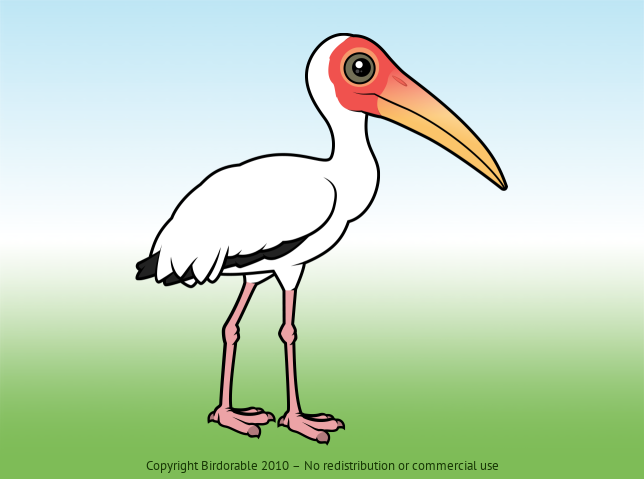Also known as: Southern Painted Stork, Milky Wood Stork
The Milky Stork is a tall, striking bird, named for its predominantly milky-white plumage with subtle black flight feathers. Its long legs and heavy, slightly curved bill are adapted for wading and foraging in shallow waters, marking it as a distinctive member of the stork family.
Native to parts of Southeast Asia, particularly Indonesia and Malaysia, the Milky Stork thrives in coastal mangroves, mudflats, and freshwater swamps. These habitats are crucial for their diet, which mainly consists of fish, small reptiles, and amphibians. The bird uses its bill to sift through mud or to catch fish, often foraging in groups.
Milky Storks breed in colonies, typically during the dry season when water levels are lower and fish are more concentrated and accessible. They build large, stick nests in trees, where both parents share the responsibility of incubating the eggs and feeding the chicks.
The survival of the Milky Stork is under serious threat due to habitat loss, particularly from the destruction of mangroves and pollution. Conservation efforts are urgently needed to preserve their wetland habitats to ensure the species does not edge closer to extinction.































